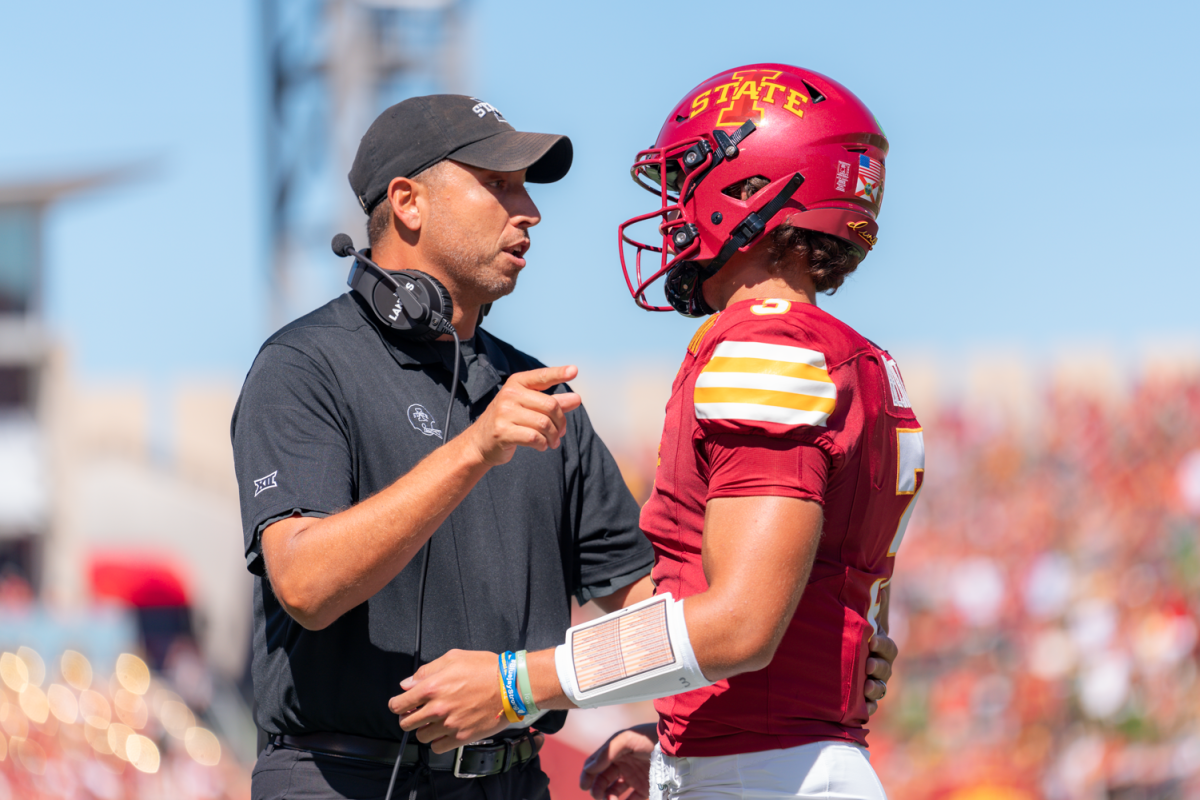EDITORIAL: Grocers don’t need extra food stamp fees
April 7, 2004
The Iowa Grocery Industry Association is asking Iowa’s Department of Health and Human Services for $330,000 as a “reimbursement” for accepting electronic food stamp cards.
They claim the amount they are requesting is small compared to the savings the state has benefited from in switching from paper to electronic food stamps.
But, as Roger Munns, a spokesman for Iowa’s Department of Human Services, said in a recent Des Moines Register article “It doesn’t make any sense … In times of budget shortages, the DHS has many better places to spend its dollars than to provide retailer fees.”
The federal government requires each state to supply equipment to process the electronic food stamp transactions. Each working day, money is electronically deposited into the store’s bank account for the previous day’s purchases.
Banks cannot charge stores for electronic deposits of food stamp amounts, according to the United States Department of Agriculture Food and Nutrition Service.
A lot of stores don’t want state equipment because they have, or plan to purchase, their own devices for processing commercial debit, credit and food stamp cards.
Stores that choose to do this can make arrangements with a state contractor to make sure the food stamp cards work in their store.
This is the store’s business decision, and the state is not required to reimburse the store for any portion of these costs.
Whether or not you agree with the current reimbursement policies, it’s pretty clear the state of Iowa isn’t required to do more than it already does — which is reimburse stores seven cents for each electronic food stamp transaction, one of the highest fees among several surrounding states, DHS officials said in the Register article.
In the same Register article, Jerry Fleagle, president of the Iowa Grocery Industry Association, said stores make very little profit — as little as 1 percent — on the types of staples food stamp recipients typically buy.
Tough cookies.
There are no fees or dues a store has to pay for food stamp authorization. Munns said food stamp customers spend $140 million a year in grocery stores. It’s probably a huge hassle, but it doesn’t look like the stores are losing massive amounts of money.
Yes, the state probably saved a lot of money transferring food stamps to electronic processing cards. Waste and fraud are harder to perpetrate when an electronic card follows the footprints of every purchase.
But when the state legislature has a hard time funding even the most basic of state services, reimbursing unnecessary grocery stores fees should fall to the bottom of the pork barrel.






